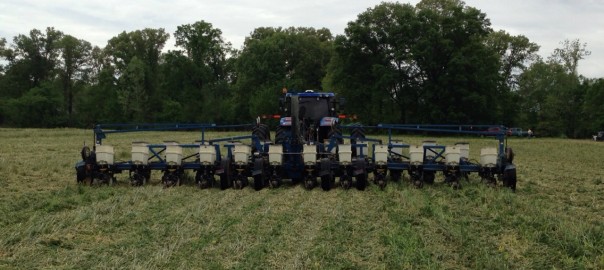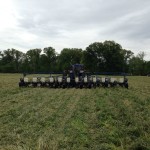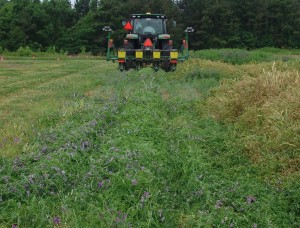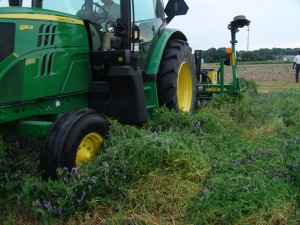Based on planting reports, we look to have more true ‘early’ beans than we have had in the past three or four years. A cool front this week and nighttime temps down in the forties have had folks ask about effects on soybean. Soybeans are pretty tolerant to air temps above 45 F after emergence, but are sometimes affected through chilling if soil temperatures are cold enough at the wrong time. Chilling injury is most likely when soil temperatures are cold (less than 50°F) at planting rather than becoming cold 24 hours or more afterwards. The longer the seed is in the ground at warm soil temperatures before cold temperatures occur, the less likely we are to have chilling injury. Chilling injury appears as swelled seed that may sprout but the hypocotyl fails to elongate. Sometimes plants will emerge but are smaller and less thrifty in appearance or stand is reduced.
If you are planting into heavy residue (i.e. cover crops), check soil temp prior to planting if you are concerned about cooler temperatures. As long as temperatures are around 50°F or higher at planting depth for 24-48 hours after planting there should be no seed injury due to cold temperature. Delaying planting until mid/late morning will give ground time to warm up a bit during this cool front. Fortunately, our cool weather episodes have been transient and our lows haven’t been all that low for crops like corn or soybean. Of course, a good fungicide and insecticide seed treatment will help protect stand in cooler and variable soil conditions.





